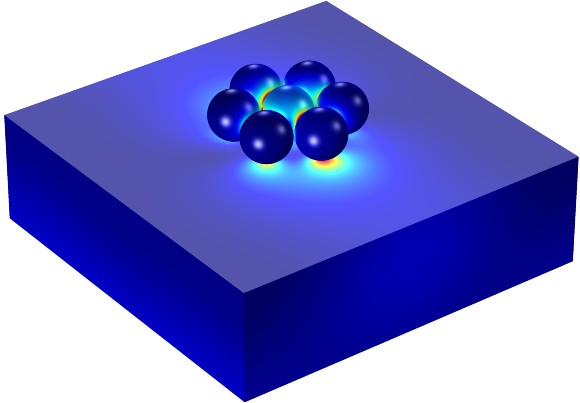The exploitation of propagating surface plasmons and localized surface plasmons provide wide applications in bio-sensing, biomolecular detection, optical nano-devices, optical nano-circuits, highly sensitive optical devices. To understand the physics of plasmonic nanostructures and for the application purpose, different modelling techniques have been implemented. To mention a few, finite element modelling techniques, rigorous coupled-wave analysis (RCWA), and Mie-theory calculations are popular computation methods for plasmonic nanostructures.

In this Ph.D. project supervised by Associate Professor Jost Adam (jostadam@sdu.dk), we aim for better plasmonic nan-device construction and application by the implementation of appropriate mathematical models to optimize geometry parameters of plasmonic nanostructures. We will employ discretization numerical methods alongside semi-analytical methods and AI approaches to optimize numerically for the given merits. The concrete use cases mainly contain plasmonic nanoparticles on a substrate and corrugated surface. The vision is to propose and develop a numerical scheme to minimize computational resources while maintaining high accuracy. Together with our experimentally working project partners, we will be able to verify our numerical predictions with appropriately fabricated samples and experimental characterization.
Contact information: PhD student Matiyas Tsegay Korsa – email: matiyas@sdu.dk, phone: +45 6550 3777